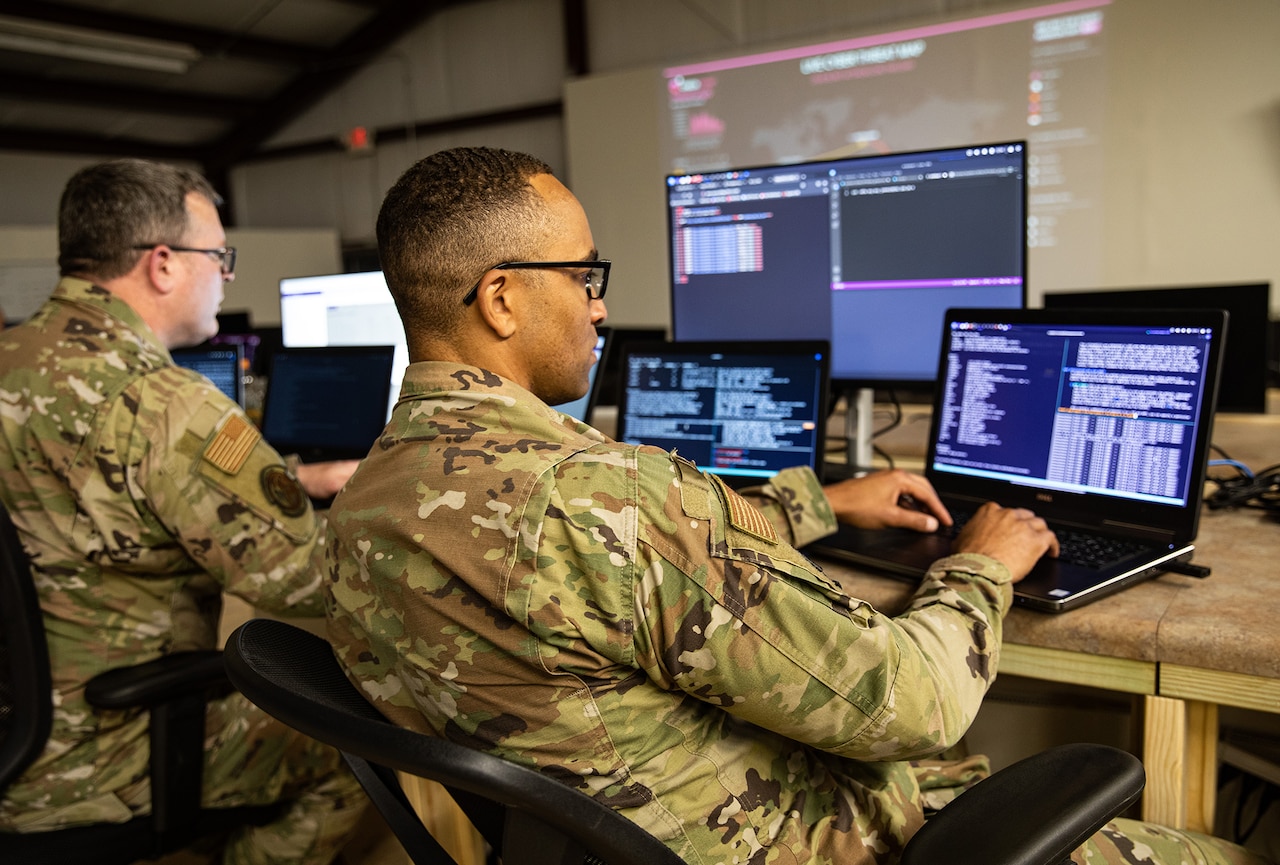The Pentagon today released its strategy to drive interoperability and integration in information technology across the Defense Department.
The new blueprint titled Fulcrum: DOD Information Technology Advancement Strategy emphasizes an approach that ensures future capabilities align with warfighter needs.
DOD Principal Deputy Chief Information Officer Leslie A. Beavers, who introduced the strategy during this year’s Armed Forces Communications and Electronics Association’s TechNet Cyber symposium, said the IT vision integrates the National Security Strategy, as well as key DOD strategic management, software management and cybersecurity plans.
In introducing the strategy, Beavers emphasized the role of leaders across the department in achieving success.
Fulcrum provides decision makers throughout the enterprise with “tangible steps to take to turn that strategic vision into an operational reality,” Beavers said, noting the need to prioritize interoperability and security when solving digital problems at all levels of the enterprise.
She added the strategy will guide the department’s approach to building an “interoperable, integrated, digital platform.”
The approach is organized around four lines of effort:
- Providing joint warfighting IT capabilities to expand strategic dominance of U.S. forces and mission partners
- Modernizing information networks to meet mission requirements
- Optimizing IT governance to gain efficiencies in capability delivery and enable cost savings
- Cultivating a premier digital workforce ready to deploy emerging technology to the warfighter
The strategy captures defense leaders’ recognition that success on the battlefield is increasingly dependent upon the department’s ability to harness evolving technology and digital capabilities that enable interoperability among warfighters.
It also emphasizes DOD’s focus on the needs of the warfighter in crafting future solutions.
“At the heart of our approach is a steadfast commitment to user-centricity ensuring that user experiences are intuitive and adaptable,” Deputy Secretary of Defense Kathleen Hicks said in her letter introducing the strategy.
“To achieve this objective, this strategy focuses on ensuring our IT systems are fully integrated, our capabilities are best in class, our infrastructure is resilient and secure, and our IT management processes are efficient and agile enough to move at the speed and scale needed to support and achieve our operational needs at any given moment, Hicks said.
Following today’s release of the strategy, officials expect to release an implementation plan with detailed steps to achieve the envisioned end-state.





















Discussion about this post